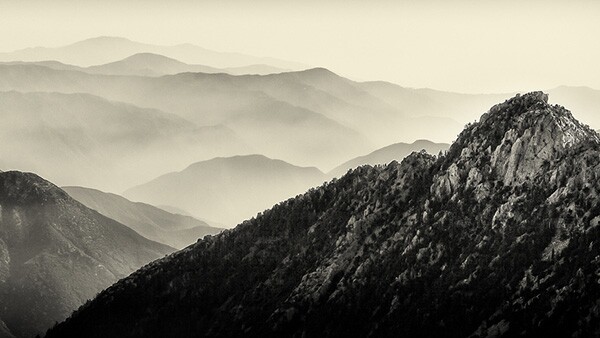The Good and Bad of the San Gabriel Mountains National Monument

The San Gabriel Mountains are Southern California's spectacular backyard. A fact that President Obama will underscore on Friday when he designates a portion of the Angeles National Forest as the San Gabriel Mountains National Monument.
To its promoters, the switch in nomenclature is critical. They believe that the 350,000-acre national monument will generate additional dollars that will enable the U.S. Forest Service to enhance the visitor experience.
The key question, though, is whether necessary funds will be forthcoming. I doubt it. With the GOP in control of the House appropriations process, gaining additional, necessary moneys will be difficult for all national forests, parks and refuges, let alone a new National Monument. At least in the short run, those who hope for more robust budgets will be disappointed.
They must be disappointed, too, that the designation is so small. The logic of incorporating the whole of the Angeles National Forest and a portion of the San Bernardino National Forest into the national monument was driven by geographical realities and management needs. Currently and awkwardly, the San Gabriel Mountains are managed by two separate units of the Forest Service, a break in jurisdiction that follows county lines. That distinction will continue, hampering efforts to manage recreation, wilderness, and endangered species in a more unified fashion.
Those managerial efforts will be further complicated by the troubling fact that not all of the Angeles National Forest will be incorporated into the National Monument. Overlapping authorities will not bring clarity to decision-making processes or streamline procedures, which is one of the issues that proponents hoped to resolve through the designation.
None of these problems -- potential and predictable -- undercuts the San Gabriels claim to National Monument status. These mountains are more than worthy of this acclaim for reasons natural and human. The San Gabriels are among the fastest growing mountains on the planet and are home to a rich biodiversity. Even their dangers add to their uniqueness: when fires erupt, they prove tremendously dangerous; when rain falls on their loose soils, the resulting debris flows are treacherous. These conditions, fascinating and terrifying, make them one of a kind.
These geological and environmental factors are matched by the mountains' remarkable human history, which dates back 12,000 years. Native peoples used the foothills, ridges, and canyons for food, clothing, and shelter. They hunted across the rough land, made use of its pristine waters, gathered berries, herbs, and other material for daily consumption and material culture. It was their source of life.
The San Gabriels proved as rich for the Europeans -- ranching and agriculture made use of rain and snowmelt that flowed downhill: there would be no citrus production in Southern California without these remarkable mountains. The same can be said for recreation. The San Gabriels were the stimulus to the so-called Great Hiking Era of the late 19th and early 20th century. Hundreds of thousands of Angelenos hiked up Mt. Wilson and Baldy, and slept in the lodges that catered to their needs, blazing a trail for the more than three million people today who splash in the San Gabriel River, rest under a shady oak, or camp in the wild.
We can do all of these things whether the landscape is called the Angeles National Forest or the San Gabriel Mountains National Monument. And maybe that's the point: The lands are more important than the name we give them.
For an deep look at the mountains and its eponymous river, go to Departures: San Gabriel River.